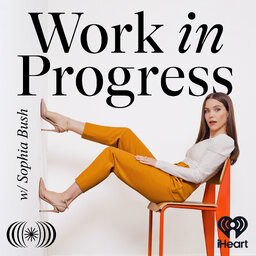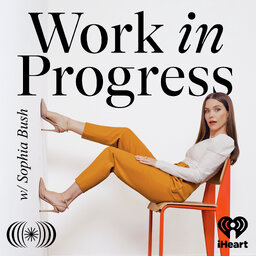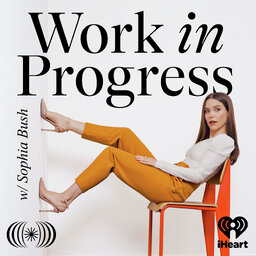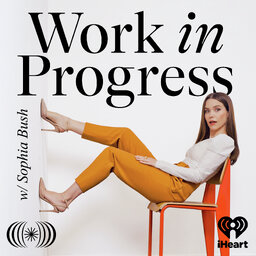Today on Work In Progress, Sophia is joined by Tony de los Reyes(@tonydlreyes). Tony is an inspiring visual artist who has been creating artwork that explores the complexity of the US-Mexico border for several years now. Beginning his immersion with big picture inspiration from Google Maps, his work has since evolved into a closer inspection of the border, the walls that have come to define it, and the physical space surrounding it. Tony’s work has been featured in many renowned galleries and museums such as LACMA, the Santa Barbara Museum of Art, the Annenberg Space for Photography, and the New Britain Museum of American Art. On this episode of Work in Progress, Sophia and Tony dive deep into thoughts on artistic beginnings, how we react to tragedy, the power of art, and the importance of examining the lines that divide us.
 Work in Progress with Sophia Bush
Work in Progress with Sophia Bush


